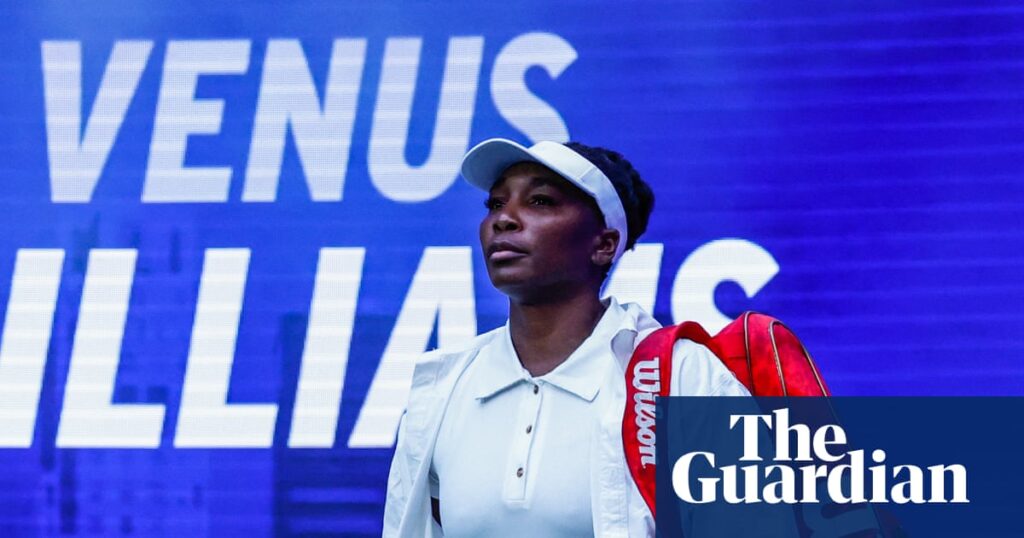
At this year’s US Open, 45-year-old tennis legend Venus Williams took to the court alongside a teammate who wasn’t even born when Williams clinched gold in singles at the Sydney Olympics. Traditionally, the peak performance age for a tennis player hovers around the mid-20s, making Williams’ continued participation in major tournaments an extraordinary achievement. Yet, her sustained athletic career is becoming less of an anomaly and more of a trend among elite athletes.
Basketball icon LeBron James recently made history as the first NBA player to compete from his teens into his 40s. Similarly, Australian basketballer Lauren Jackson defied expectations by participating in her fifth Olympics at the age of 43. Meanwhile, 50-year-old Uzbek gymnast Oksana Chusovitina aims for her ninth Olympics, and Japan’s Kazuyoshi Miura continues to play elite football at 58. These athletes defy the typical decline in muscle mass, reaction times, cognition, and stamina that most people experience as they age.
The Science Behind Athletic Longevity
So, what enables these athletes to perform at such high levels well into their 40s and beyond? According to Associate Professor Christina Ekegren, a physiotherapist and researcher at Monash University in Melbourne, the answer lies in a combination of genetics, environment, and lifestyle. The Williams sisters, for instance, possess exceptional genetic gifts but have also maximized their potential through rigorous training from a young age.
“The thing about Venus and Serena is that they’ve been training at a very high level from a very young age, so they’re starting out at a very high base level of fitness and strength,” Ekegren explains. Venus Williams, the older of the two, continues to compete, becoming the oldest singles competitor at the US Open this year.
Adaptation and Training
Sports and exercise physiotherapist Ben Herde from Grand Slam Physiotherapy in Melbourne notes that smart training strategies play a crucial role in healthy aging for athletes. One major aspect of aging is sarcopenia, the gradual loss of muscle mass, which can be mitigated through strength training. “If you compare that to someone who’s not training versus training, just that increased muscle mass will obviously give not only increased power and function, but it will offset the loads that go through the cartilage and the bones and even the neural structures,” Herde says.
Elite athletes adapt to their changing bodies by altering their training regimens and competition strategies. They may choose competitions more selectively or switch positions to reduce physical demands. “If you look at it like Australian rules football, they might have been a really dynamic, hard-running midfielder, and then as they become older, they’ll put themselves into the forward line where there’s less running,” Herde adds.
The Role of Recovery
Despite their rigorous training, older athletes face an increased risk of injury, and recovery times lengthen with age. Professor Jeremiah Peiffer, an exercise science expert at Murdoch University in Perth, emphasizes the importance of recovery in maintaining elite performance. “A lot of this longevity within sport is because people are able to give the time necessary to recovery,” Peiffer states. “The more time you can give to recovery, the more time you’re not running around doing other stuff, the more likely your body’s going to adapt appropriately.”
Cristiano Ronaldo, still playing at 40, attributes his longevity to scheduled recovery sessions, highlighting the importance of rest in his routine.
Risks and Rewards
While these athletes follow health advice to the extreme, there are potential downsides. Prolonged high-volume training can increase the risk of irregular heart rhythms and musculoskeletal conditions like osteoarthritis, particularly in athletes with a history of knee injuries. Despite these risks, Ekegren believes the achievements of older athletes can inspire others to remain active.
“We have this stigma in society that we can’t achieve to the same extent as we get older,” Ekegren says. “But I think that’s really untrue, and I think it really all comes down to how much you’re doing in your daily life.”
Looking Ahead
The continued success of athletes like Venus Williams, LeBron James, and Cristiano Ronaldo challenges societal perceptions of aging and athletic performance. Their achievements not only redefine the limits of human potential but also serve as a testament to the power of dedication, adaptation, and smart training. As more athletes push the boundaries of age and performance, they pave the way for future generations to rethink what is possible in sports and beyond.







